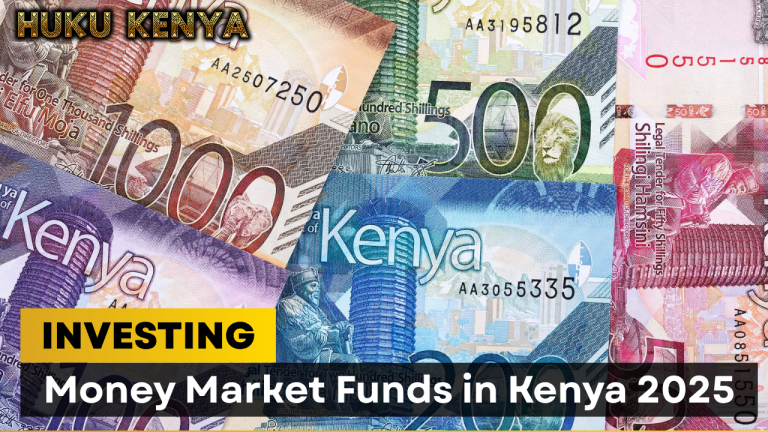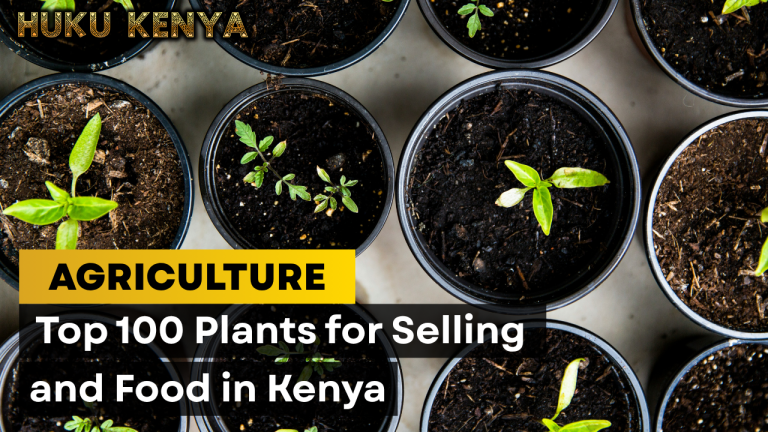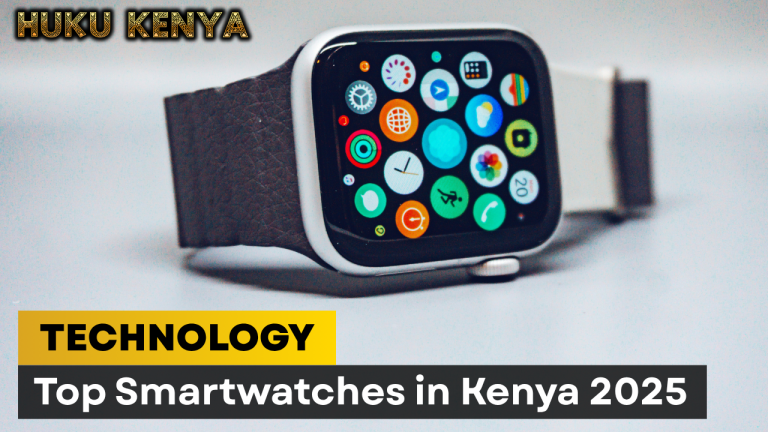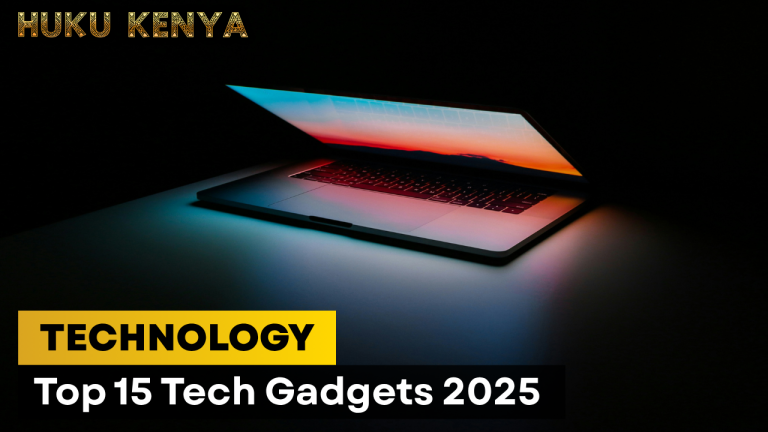
Biovax, KEMRI, and the Road to Self-Reliance
Kenya’s journey toward vaccine self-reliance is gaining momentum in 2025, with major strides in infrastructure, partnerships, and policy. At the center of this transformation are the Kenya BioVax Institute (Biovax) and the Kenya Medical Research Institute (KEMRI)—two institutions tasked with turning Kenya from a vaccine importer into a regional manufacturing hub.
This article explores the latest developments, including the rollout of cold chain equipment, Biovax’s production goals, and the broader implications for public health and national security.
1. The Vision: Vaccine Independence by 2026
Kenya’s vaccine manufacturing ambition was born out of the COVID-19 crisis, which exposed Africa’s vulnerability to global supply chains. In response, President William Ruto pledged to make Kenya vaccine self-sufficient by 2026.
Biovax, launched in 2021, is a state-owned biotech firm mandated to:
- Manufacture human vaccines and biotherapeutics
- Commercialize locally developed health technologies
- Reduce reliance on donor-funded imports
KEMRI, Kenya’s leading medical research body, provides:
- Technical expertise
- Clinical trial support
- End-to-end vaccine discovery and validation
Together, they form the backbone of Kenya’s vaccine manufacturing ecosystem.
2. May 2025: Cold Chain Equipment Rollout
On May 14, 2025, Health Cabinet Secretary Aden Duale flagged off 2,000 Cold Chain Equipment (CCE) units donated by UNICEF at Afya House in Nairobi.
Purpose:
- Strengthen last-mile vaccine delivery
- Ensure potency and safety of vaccines in remote areas
- Support upcoming locally manufactured vaccine distribution
Attendees:
- Dr. Ouma Oluga (PS, Medical Services)
- Ms. Mary Muthoni (PS, Public Health)
- Dr. Patrick Amoth (Director General for Health)
- WHO and UNICEF representatives
This rollout marks a critical step in preparing Kenya’s infrastructure for domestic vaccine production.
3. Biovax Production Goals
According to Biovax CEO Dr. Michael Lusiola, the institute aims to begin actual manufacturing by late 2025 or early 2026.
Initial Focus:
- Childhood immunization vaccines (e.g. BCG, Polio, Measles-Rubella)
- Targeting both local and regional markets
Long-Term Goals:
- Develop mRNA vaccine capabilities through WHO/MPP partnerships
- Manufacture vaccines for emerging diseases and pandemics
- Export vaccines across East Africa and beyond
Biovax is currently finalizing equipment setup, workforce training, and regulatory alignment.
4. Strategic Partnerships
KEMRI–Biovax MoU
- Signed on August 31, 2023, at KEMRI Kilifi campus
- Enables joint research, technology transfer, and capacity building
- KEMRI to forward validated vaccine candidates to Biovax for production
WHO/MPP mRNA Technology Transfer
- Biovax selected among 15 global partners for mRNA training
- Focus on infrastructure readiness, workforce development, and regulatory harmonization
Belgium–Kenya Bio-Manufacturing Hub
- Signed in 2023 with Unizima and Univercells Group
- Aims to build local biopharma skills and industrial capacity
5. Challenges and Delays
Despite progress, Kenya’s vaccine manufacturing dream has faced setbacks:
- No locally produced doses have reached hospitals as of mid-2025
- Stockouts of polio, BCG, and measles vaccines persist due to funding delays
- Gavi co-financing obligations remain unmet, risking further shortages
A June 2025 report revealed that 100,000 babies missed life-saving jabs amid procurement failures.
6. Why Local Manufacturing Matters
Public Health Security
- Reduces dependence on foreign donors and emergency shipments
- Ensures timely access to vaccines during outbreaks
Economic Growth
- Creates jobs in biotech, logistics, and research
- Strengthens Kenya’s pharmaceutical sector
Regional Leadership
- Positions Kenya as a vaccine supplier for East Africa
- Supports Africa CDC’s goal of 60% local vaccine production by 2040
Final Thoughts
Kenya’s push for vaccine self-reliance is ambitious, necessary, and long overdue. With Biovax and KEMRI leading the charge, and infrastructure like cold chain systems now in place, the country is poised to reshape its public health future. But success will depend on sustained investment, political will, and timely execution.

























